There’s a 40% chance Planet Nine exists, new study claims
There has been a lot of back and forth about the existence of a mysterious ninth planet, often referred to as “Planet Nine” or even …
There has been a lot of back and forth about the existence of a mysterious ninth planet, often referred to as “Planet Nine” or even …

January brings an extraordinary treat for stargazers: a rare four-planet conjunction lighting up the evening sky. Venus, Saturn, Jupiter, and Mars will align in a …

Uranus and Neptune may soon lose their reputation as the “boring” planets of the solar system. Long overshadowed by the grandeur of Jupiter and Saturn, …
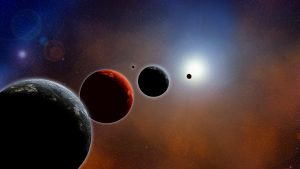
Six of our solar system’s eight planets will soon be visible as a straight line in the night sky. This rare planetary alignment is expected …
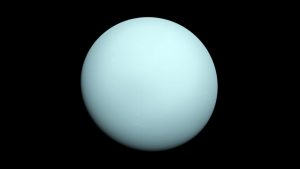
New research into Uranus and Neptune has revealed some striking information. Much about these two ice giants is still unknown, with missions to explore them …
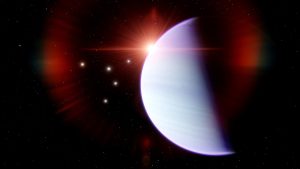
In 2020, astronomers discovered an intriguing planet. Dubbed LTT9779 b, the planet was found 260 light-years from Earth, orbiting extremely close to its star. However, …
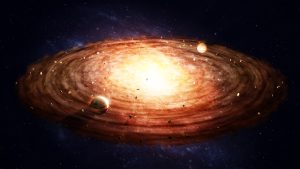
After more than a decade of observations, Northwestern University astrophysicist Jason Wang has constructed an amazing time-lapse video of four planets larger than Jupiter as …
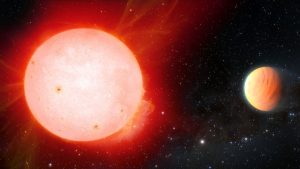
It has been an excellent year for astronomers. Not only did we get the first images from James Webb, but the space telescope also managed …

Scientists have been trying to understand more about our solar system and the way it formed for decades. For a long time, many believed that …
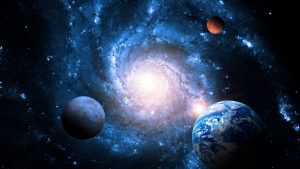
New research published in the Monthly Notices of the Royal Astronomical Society has given us a glimpse at the remnants of the oldest known solar …
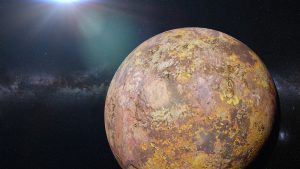
The hunt for alien worlds is more difficult than it may seem. Without the ability to travel through the cosmos, we’re left to look through …

Neptune is located almost 2.8 billion miles from the Sun. As such, the planet is known for its exceptionally long orbit time. In fact, its …

Astronomers believe they have discovered a new world orbiting Proxima Centauri. Proxima Centauri is the closest star to our Solar System. It’s located roughly 4 …

The Moon’s orbit will bring it in line with Jupiter on Thursday evening. But you’re only going to get one chance to see it this …

Neptune, the frigid world that lives past Saturn and Uranus, has been known to host large storms in its atmosphere. Recent observations of a “dark …

Scientists have spent an incredible amount of manpower attempting to determine what conditions support life, and why Earth is so perfect for living things. Now, …

High winds have carved interesting shapes into the Martian south pole, including what appears to be an angel and a massive red heart. Images of …
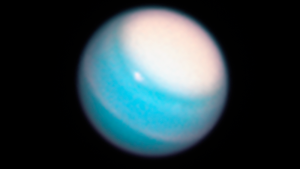
A new study that modeled Uranus and its magnetosphere suggest that, when the planet is at the correct angle, solars winds can enter the magnetosphere …
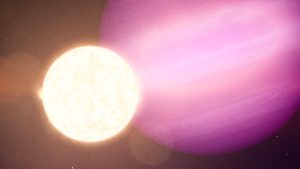
Researchers have spotted a planet orbiting a white dwarf star just 80 light-years from Earth. White dwarf stars don’t typically have planets orbiting them due …
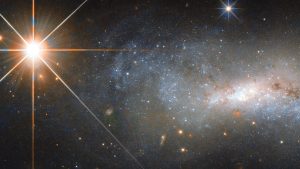
Researchers theorize that, under the right conditions, carbon-rich exoplanets could generate huge quantities of diamonds beneath their surface. The recipe including heat, pressure, carbon, water, …

Astronomers have spotted a new gas giant exoplanet that formed roughly 160 million years ago and is now glowing pink. The big pink planet is …
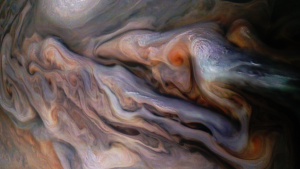
The remains of a gas giant were spotted orbiting a nearby star, astronomers reveal. The core of the planet is all that remains, but researchers …
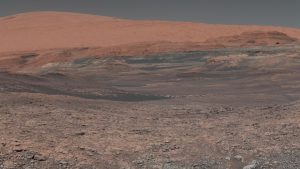
NASA’s Mars 2020 mission will attempt to answer a number of questions about the Red Planet, and one of the most pressing is the search …
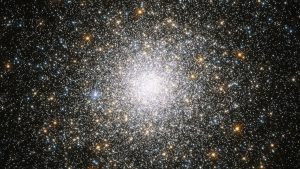
In our solar system, each planet has a reasonably well-defined and mostly circular path that it follows around the Sun. This, astronomers think, is true …
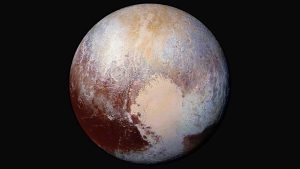
One of the internet’s favorite topics of debate, at least when it comes to astronomy, is whether or not Pluto should be considered a planet. …
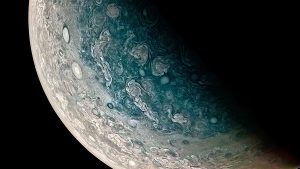
Jupiter has long been hailed as the mighty “king of planets” thanks to its massive size compared to most of the other planets in our …

New exoplanet discoveries have been popping up with increasing regularity in recent years thanks to technological advances that allow scientists to spot evidence of their …